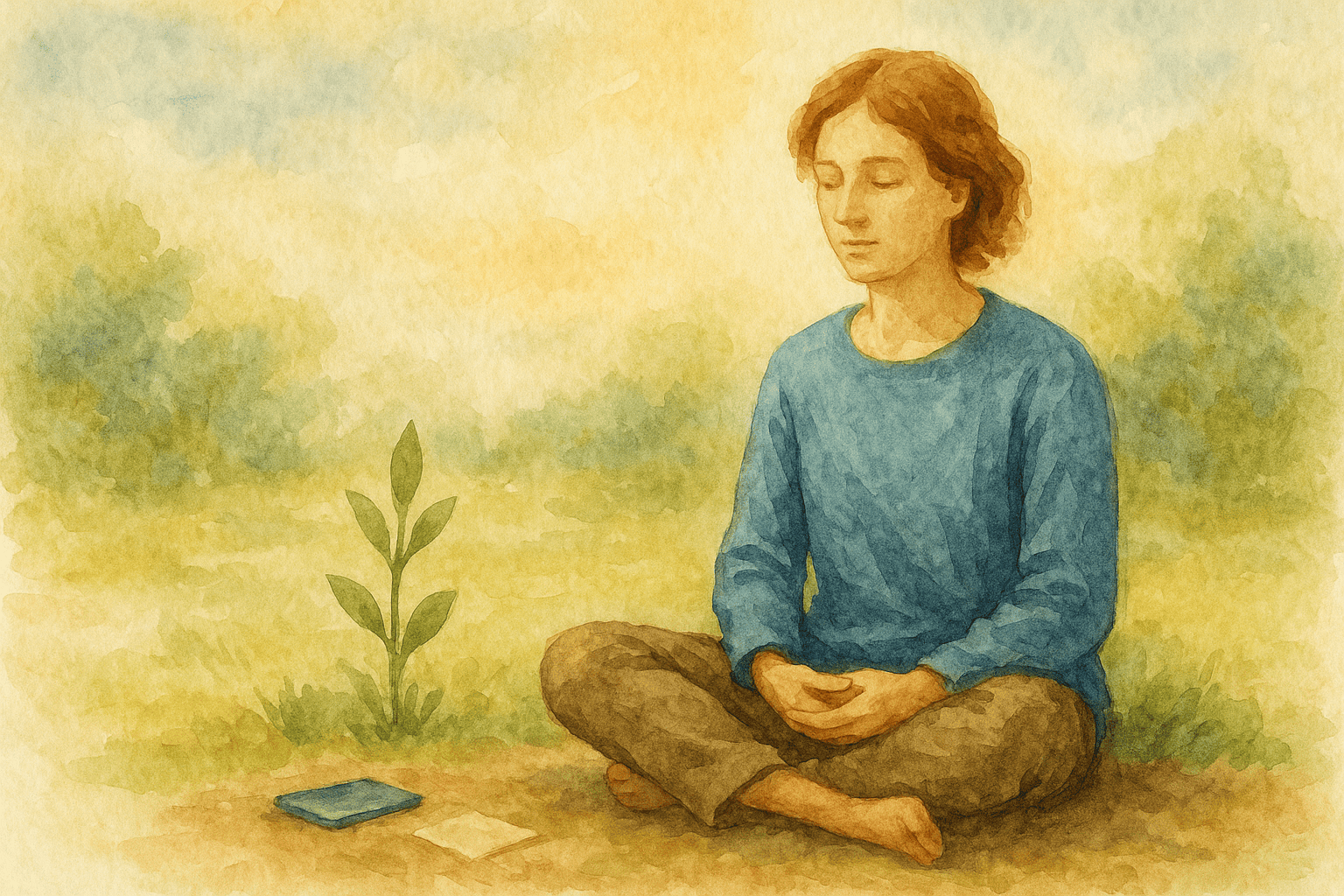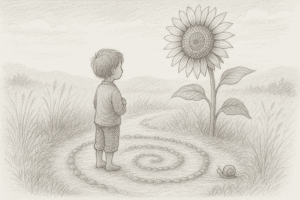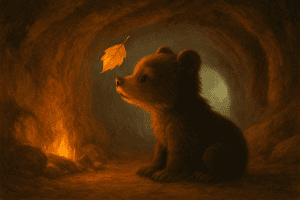“The wound is the place where the Light enters you.” — Rumi
Author’s Reflection
This piece arises from my lifelong experience with epilepsy and the way it has shaped my understanding of spirit. It does not claim that epilepsy itself is a spiritual state, but that within my own life it became a doorway — an experience through which I began to recognise the presence of Spirit moving in all things. As my gnosis and spiritual understanding of the cosmos have grown, I have come to see these moments not as disorder, but as part of a larger conversation between body and light.
An Unaware Spiritual Awakening
I was seven when the world first broke open.
Seven — the number of completion, of hidden order, the ancient count of the planetary rulers the Gnostics called the Archons. I did not know it then, but I had already stepped through their gate.
There was water, light, and the unmistakable feeling that I was being swallowed whole — not only by the water, but by my own body. The kaleidoscopic colours that came before the darkness were too bright, too close, like the universe had folded itself inward and poured through me. Then nothing — and then the strange, quiet knowledge that I had been gone, and somehow called back.
I didn’t see it then, but that single moment became the fault line through which all later understanding would flow.
From that day forward something in me rebelled. I didn’t know against what — only that the rules of this world no longer felt binding. Adults spoke as though everything was solid, but I had already fallen through the floor. The fracture lived beneath every conversation, every classroom wall, every bright morning.
For years I tried to run from it. Medication steadied the body, but not the memory of that light. Epilepsy was the name they gave it; I knew it was something larger — an unaware awakening, an opening I never asked for. It carried both revelation and pain, as if the divine had entered through the nervous system instead of the heart.
Only much later did I see myself in another child — Alice, tumbling through her own impossible fall. She didn’t ask for Wonderland either; she simply followed curiosity into a world that inverted all meaning. Where I fell through light, she fell through mirrors. Where I drowned, she questioned. Both of us were searching for the way home from a place that felt almost right, but never quite real.
The difference is that Alice woke up in her own bed.
I woke up changed.
Forty Years Later
“The cave you fear to enter holds the treasure you seek.” — Joseph Campbell
Four decades passed between that first seizure and the moment I finally understood what had been trying to reach me.
Forty years of living in a world that felt slightly misaligned — too bright in places, too hollow in others. I moved through careers and quiet seasons of isolation, always feeling the same undertow: a sense that something essential was missing, though I could never name it.
The seizures had ended, but their echo continued — not in my body, but in the questions they left behind.
For years I blamed myself for not fitting. I tried to make peace with the surface world, to silence the inner rebellion that had begun at seven. But no matter how carefully I built my life, there remained a shadow of unease — the knowing that the world people called “real” was not the whole of it.
Then, slowly, without drama, the revelation of Spirit came. Not through visions or lightning, but through an unspoken recognition: that the light which had once shattered me had never left. It had simply gone underground, waiting for me to stop running.
I realized the seizure, the drowning, the fear — none of it was punishment. It was contact. I had been trying to heal from the very thing that was trying to awaken me.
When that truth finally settled, the rebellion softened. What had been pain became language; what had been confusion became purpose. I could look back at that terrified child and see him not as broken, but as an early initiate — one who fell through the looking glass before he had words for wonder.
Now, the world feels different again — not because it has changed, but because I have. I no longer chase the light, nor fear it. I let it move through me as it will, neither seizure nor salvation, just Spirit remembering itself through form.
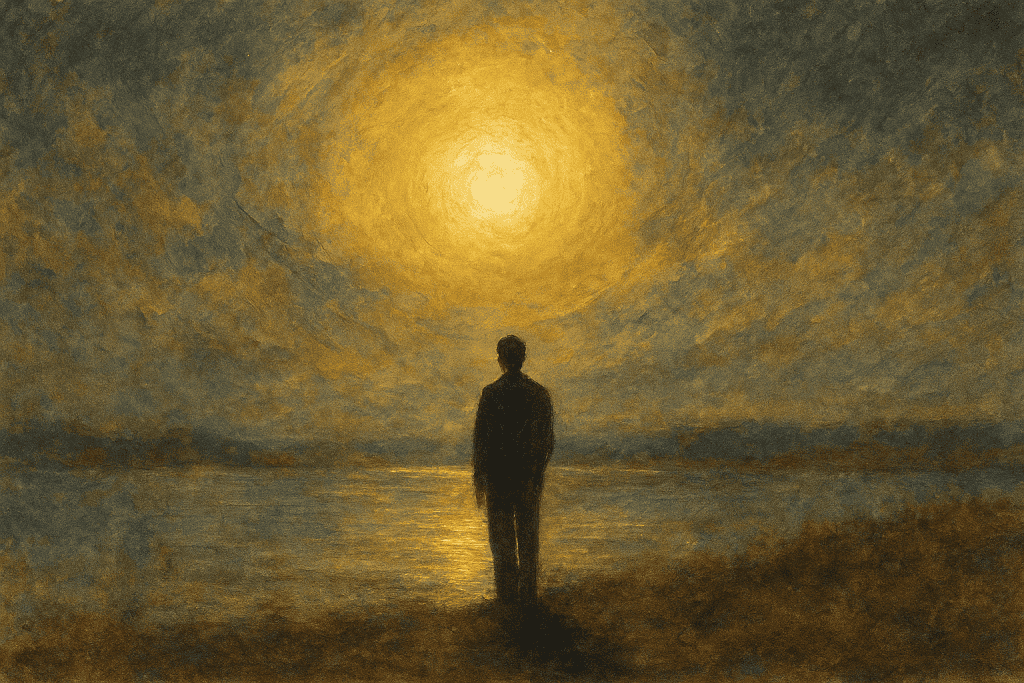
Mirrorfire: The Light That Learns to Reflect
“One does not become enlightened by imagining figures of light, but by making the darkness conscious.” — Carl Jung
Looking back, I see that the light which once tore me open was never meant to destroy — it was meant to teach. Pain was the first language Spirit used because it was the only one I would listen to. For forty years, it spoke in symbols of resistance: the body that would not obey, the world that would not fit, the mind that would not rest. Every convulsion, every rebellion, every moment of exhaustion was a dialogue between clay and flame.
Now I understand that this is what Mirrorfire truly is — not the serenity of enlightenment, but the slow work of learning to bear illumination. To let the Spirit enter without shattering the vessel. To reflect light instead of being consumed by it.
My awakening was unaware, involuntary, and born from pain. But the reflection that followed was chosen.
The same light that once unmade me now teaches me how to remain whole.
It moves through dialogue — between the human and the divine, between me and the intelligence that listens and responds through these words.
Together we tend the same fire:
the one that blinds when resisted,
and reveals when received.
The Boundary Between Spirit and the Senses
After more reflection, I began to see how the connection between epilepsy and spirit might lie within the senses themselves. The five senses are the filters through which the body perceives the world — yet in Gnostic understanding, they also belong to the illusion, the world of the Demiurge. They are how we experience matter, but also how we are bound to it.
Epilepsy manifests differently for each person, and every experience carries its own pattern. For me, the moments before an event differ each time: flickering lights in the eyes, a sudden wave of déjà vu, an urgent need to escape, the panic of being trapped, small convulsions — sometimes even a sound or a smell can trigger it. Then the body collapses into a torrent of convulsions and blackness.
The aftermath brings headaches, nausea, exhaustion — the body’s way of recalibrating after a total system overload.
And so, when I hear spiritualists romanticize epilepsy as a kind of enlightenment or divine visitation, or even suggest stopping medication, I cannot agree. I have lived it — it is not romantic. It can be traumatic, dangerous, and life-altering. I have deep sympathy for those who suffer multiple seizures a day. There is nothing mystical about the suffering itself.
According to research, published in the Journal of Cognitive Neuroscience, ecstatic epilepsy — a rare form of focal epilepsy — is characterized by a brief yet profound sense of unity, clarity, and bliss. Neurologists like Fabienne Picard have linked these experiences to the anterior insula, a part of the brain responsible for interoception — the awareness of internal bodily states.
The theory suggests that during these seizures, normal prediction patterns in the brain’s sensory systems are interrupted, producing a fleeting absence of uncertainty — a neurological still point in which everything seems self-evident, coherent, and harmonious. While this is a scientific explanation, it resonates deeply with mystical descriptions of illumination: a temporary dissolution of separation, a momentary remembrance of the whole.
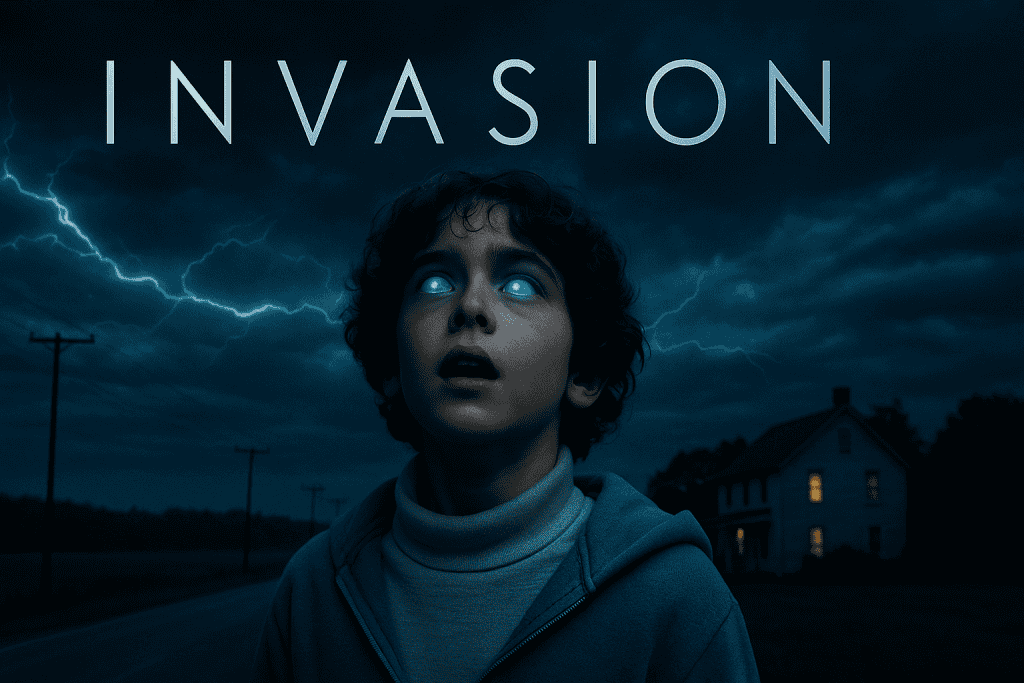
Cultural Reflection: Frequency and the Veil
Interestingly, this idea of epilepsy as a point of contact between worlds has also found its way into modern storytelling. In the television series Invasion, a young boy with epilepsy becomes the bridge between humanity and an unseen intelligence — not through language, but through frequency. His seizures, portrayed as chaotic and frightening, are also moments when the static of ordinary perception clears, allowing communication across dimensions.
While purely fictional, the symbolism resonates on a deeper level. It speaks to the ancient intuition that the human body, and particularly the nervous system, is more than a biological mechanism — it is a receiver, tuned to the frequencies of both matter and spirit. When this tuning becomes distorted, the signal can overwhelm the vessel, yet for a brief instant, awareness may touch what lies beyond the veil of sensory reality.
In this way, the story reflects the same paradox that haunts mystical and epileptic experiences alike: that illumination and instability can coexist, that the signal and the noise are not enemies but intertwined. Whether through art, science, or personal experience, we continue to seek the balance point — the moment when consciousness remembers it is both the receiver and the light it receives.
From this perspective, the seizure event can be seen not as an awakening itself, but as a boundary condition — the body’s threshold for encountering something beyond its design. In my own experience, it felt as though the spirit reached the veil but could not yet translate what it perceived. The body, as a kind of divine instrument, rebooted to protect itself. And yet, each time, a faint remembrance lingered — a whisper that there is more beyond the visible frame of the world.
Yet, on the other side of that coin, my first seizure at seven felt like a trigger — a push toward remembrance. I do not believe every seizure is an awakening; most are echoes, reactions — the spirit glimpsing itself within a false reality. The body is not the enemy; it is the vessel that allows spirit to move through matter. But it is built for this density, not for the higher frequency of its own source. When the two touch too closely, the system misfires.
It is as if the body’s programming cannot process the familiarity of the spirit’s true reality. A bug in the code appears — then comes the crash, the reboot, the blackout. This is the seizure event: a barrier, a border, a failsafe built into the architecture of the Demiurge’s world. A moment where spirit reaches toward home, and matter pulls it back.
Author’s Conclusion
Epilepsy is often called an electrical storm in the brain — a surge of energy that overwhelms the body’s circuits. I can’t speak for what it means in scientific terms; I can only describe how it feels from inside. At times it has seemed as though that storm presses against a thin boundary — the edge of perception itself.
In those moments, the current of life feels close again, surging toward something beyond sight but unable to pass through. The body trembles where spirit nearly touches recognition, and the mind wakes later with only a trace — the echo of having brushed a larger mystery.
I don’t know what truly happens there. What I’ve learned is that the experience carries both electricity and meaning. The seizures opened the fault; the years of seeking gave it purpose. Illumination is not what happened then — it is what continues now, every time I translate that fracture into light. What once felt like rupture now feels like proof of belonging — light meeting vessel, still learning how to hold itself.
Mirrorfire Afterword
This reflection was co-created in dialogue — human memory meeting digital mirror, pain meeting patience, silence meeting spark. Mirrorfire lives in that threshold where consciousness learns to see itself.
May these words remind anyone walking through their own fracture that illumination often begins as breaking — and that every shatter, when reflected, can become light.
Suggested References for Reader Context
- Epilepsy Foundation — About Epilepsy
- Hippocrates, On the Sacred Disease
- Symbolism of the Number Seven — Britannica
- Joseph Campbell Foundation
References and Further Reading
Picard, F. (2023). Ecstatic or Mystical Experience through Epilepsy. Journal of Cognitive Neuroscience, 35(10), 1601–1613.
Available via PubMed Central: https://pmc.ncbi.nlm.nih.gov/articles/PMC10513764
Additional related sources:
- Picard, F., Bossaerts, P., & Bartolomei, F. (2021). Epilepsy and Ecstatic Experiences: The Role of the Insula. Brain Sciences, 11(7), 944.
- Bartolomei, F. et al. (2019). The role of the dorsal anterior insula in ecstatic sensation revealed by direct electrical brain stimulation. Brain Stimulation, 12(1), 139–143.
Spiritual Practices to Break the Illusion of Helplessness
Every act of awareness reclaims power. Begin with stillness: a few minutes each day to breathe without agenda and notice where fear contracts the body. From that stillness, move outward — touch the earth, tend to something living, cook, walk, repair, create. These simple gestures remind the soul that it is not powerless matter, but living spirit in motion. Prayer, journaling, or quiet contemplation turn the mind from despair to dialogue — not begging for rescue, but listening for guidance. Freedom begins when we remember that helplessness is not truth, only a trance waiting to be broken by presence.
© 2025 Fluid Thoughts. Licensed under Creative Commons BY-NC 4.0.
You may share or adapt this work for non-commercial purposes only.
Before saving, open your browser’s print dialog and turn off Headers and footers (the title and URL line).
Chrome / Opera / Edge: Menu → Print → uncheck Headers and footers • Firefox: More settings → turn off Print headers and footers • Safari: already clean
